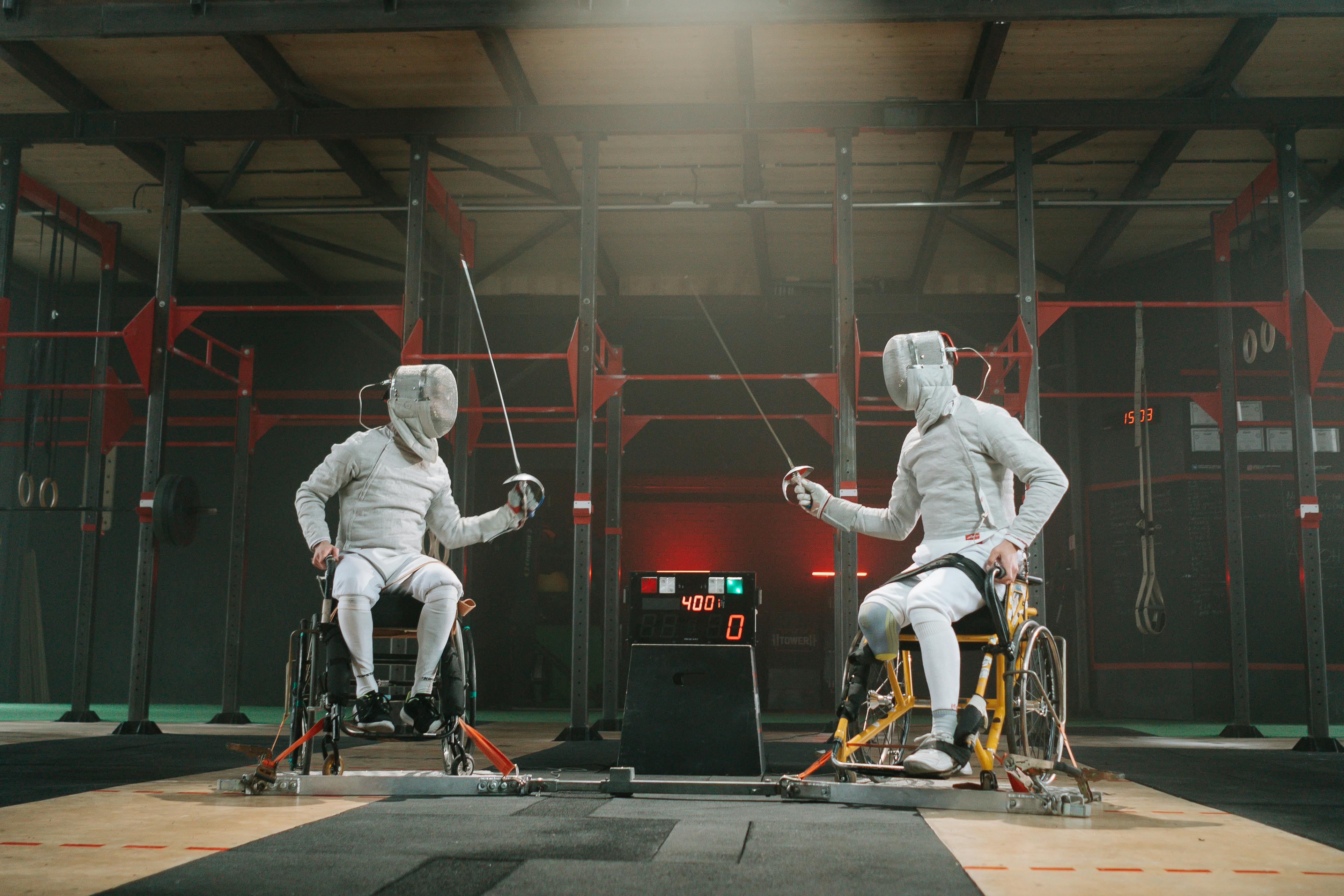Shattering the Ice: The Intricacies of Figure Skating
Delicate as a snowflake, yet explosive like a winter storm—welcome to the world of figure skating. It's a discipline that combines grace, flexibility, and athleticism, spinning a captivating narrative on a sheet of ice. Figure skating's origins date back to prehistoric times when our ancestors strapped animal bones to their feet to glide over frozen water bodies. However, the sport, as we know it today, finds its roots in the 19th Century Europe. The first structured figure skating competition was held in London, 1819, and by 1871, the sport had its first governing body, the London Skating Club, which established the early rules.

The Artistic Evolution of Figure Skating
Figure skating has evolved dramatically over the years, transforming from a pastime activity to a full-fledged Olympic sport in 1908. The most significant shift occurred in the mid-20th century when figure skating started emphasizing artistic expression alongside technical prowess. This change was marked by the introduction of the “free skating” segment, where skaters are encouraged to interpret music through their movements, adding a theatrical element to the sport.
Current Trends: The Athleticism and Artistry Balance
Today, figure skating is a perfect blend of athleticism and artistry. The current trends in the sport lean towards increasingly complex jumps and spins, challenging the boundaries of human capabilities. Simultaneously, artistry remains a crucial component, with skaters meticulously crafting their performances to tell a story or express an emotion.
The Science behind the Glides and Jumps
Figure skating is not just about the spectacle—it’s deeply rooted in physics and biomechanics. From the frictionless glide over the ice due to the thin layer of water created by the blade’s pressure, to the conservation of angular momentum that allows skaters to spin faster by pulling their arms and legs in, the sport is a live physics lesson. Furthermore, the jumps require precise coordination of body movements to achieve the right trajectory and rotation, demonstrating the complexity behind the sport’s seemingly effortless moves.
The Training Regime: Benefits, Challenges, and Real-World Applications
Figure skating training is rigorous, requiring not just on-ice practice but also off-ice conditioning, including strength, flexibility, and endurance workouts. The sport offers holistic fitness benefits, improving cardiovascular health, muscle tone, and balance. However, the high-intensity training also poses challenges like the risk of overuse injuries and the mental pressure of perfecting complex routines. Yet, the discipline, resilience, and body awareness gained from figure skating can be applied in various life situations, making the sport more than just a spectacle on ice.
Conclusion
Figure skating is a fascinating blend of history, art, science, and athleticism. It’s a sport that pushes the boundaries of human capabilities while mesmerizing audiences with its elegance and creativity. As we explore its intricacies, we realize that every glide, spin, and jump is a testament to the human spirit’s resilience and pursuit of excellence.






